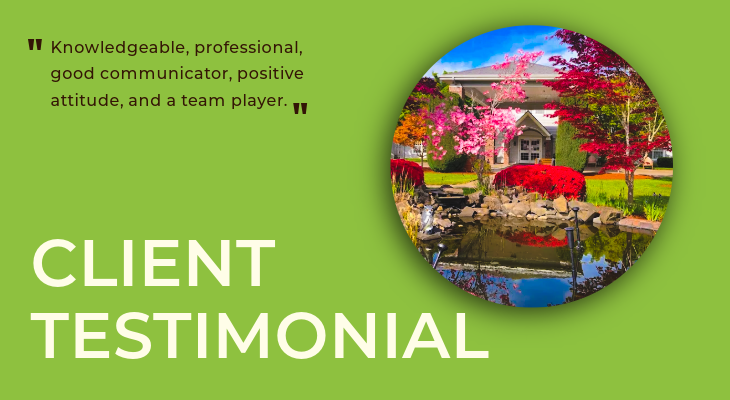The concept of training barefooted has been around for a long time in disciplines such as yoga, dance, martial arts, and Pilates. Individuals who practice these various disciplines have strong feet, well formed and supported arches, un-cramped toes and sensitive balance. Barefoot training has recently moved into the area of running, and has become so popular that major shoe companies now manufacture various styles of ‘no shoe’ shoe wear.
Several Infinity Rehab therapists at The Stafford in Lake Oswego, Oregon have seen the positive outcome of barefoot training and have begun using it during regular therapy sessions with patients. Tina Lemetyinen, PT, says barefoot training can have a number of positive effects throughout a patient’s body. “Our clients have been willing to participate in barefoot training and many have explored their feet for the first time in years. As clients have gotten to know their feet again, it has been easier to recognize what impact feet and toes have on one’s posture, balance and ambulation.”
When asked what direct results can be derived from barefoot training, Lemetyinen tics off a quick list: promotion of one’s sense of balance, proper muscle alignment, reduction of orthopedic pains, ankle stability and lessening the chance of falling and injury.
At the heart of barefoot training is improving Kinesthetic awareness, which is a sensory skill that your body uses to know where it is in space. Muscles have a variety of receptors that tell the brain information about tension; how fast the muscle is moving and what position its associated joint is in. The brain requires sensory information to guide your body through smooth movements, staying balanced, maintaining posture and proper reaction to one’s immediate environment.
Our brains create an ‘inventory’ of motor programs through repeated experiences. The brain gets better at sending a motor program for a specific movement each time the body performs the movement. Through repeated exposure to surfaces such as treadmills, concrete, carpet, grass, trails wood floors, ect., the inventory becomes extensive. Therefore, the brain and body’s ability to adapt and be more resilient is maximized through continual therapy.
The neuromuscular system of the lower body relies heavily on specific input from the feet. “This training concept is perfect for a population that has cramped toes that often no longer function, flat arches, pronated feet, altered gait patterns, decreased proprioception and postural feedback. Most of these issues are age related and attenuated by thick sole shoe wear,” says Lemetyinen.
Training on unstable surfaces (wobble boards, balance mats, exercise balls, inclines and moving surfaces) is important for real-world function because when the body looses balance it has to have the ability to tell the brain how fast it’s losing its balance and in what direction. The brain has to quickly and effectively send a motor program to the muscles to adjust and regain balance.
Practice is important not only to set appropriate motor programming, but to also correct existing, habitual, compensatory and faulty motor programming that currently leaves our seniors at great risk for falls and injuries. According to Lemetyinen, if workouts consistently focus on feet our seniors will become better balancers.
“We have explored a variety of ways to enhance our clients’ awareness of their feet, improve use of toe and foot muscles to better control balance and to improve gait patter. We strongly believe that in order for our clients to achieve maximum rehab potential the foundation of human beings standing structure cannot be ignored. We have also been able to detect a variety of foot conditions affecting balance and walking.”






